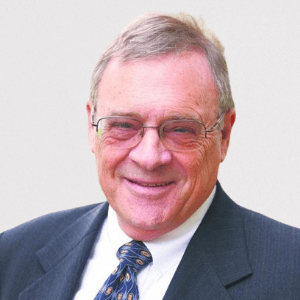Title : EMG guided chemodenervation for post-laminectomy syndrome and rotator cuff repair
Abstract:
Post-laminectomy syndrome is reported to range from 20 to 60%. The etiology of post-laminectomy syndrome is stated to be variable but multiple treatment modalities focus on nerve blocks or nerve ablation. Patients requiring a laminectomy procedure commonly have secondary chronic muscle spasms which are likely to persist despite a successful surgical procedure. Relief of the secondary chronic spasm and pain will lead to an increased overall success rate for the surgical procedure. It has been demonstrated that the CMECD® procedure that makes use of EMG guidance and the off-label use of phenoxybenzamine successfully resolves chronic muscle spasm and resulting chronic pain with a single procedure. An additional use of the CMECD® procedure is presurgical such as in the case of rotator cuff injury with retraction of the muscle. A case report will be described where the retracted muscle was treated with the CMECD® procedure allowing the surgeon to perform a more successful repair than would have been possible without the pretreatment. The procedure consists of identifying sites of spontaneous electrical activity (SEA) in the muscle which correspond to areas of chronic ischemia secondary to unresolved chronic muscle spasm. The injectate includes Lidocaine and dexamethasone to mitigate short-term and medium-term discomfort from the procedure. Lidocaine also immediately resolves the SEA allowing mapping of the areas successfully treated which facilitates identification of areas yet needing to be treated. Pain resolution is immediate allowing the treated individual to try various movements to illicit other adjacent or distal sites of pain. Local discomfort at the sites of injection may persist for up to one week but typically lasts 3-4 days. Phenoxybenzamine creates a covalent bond on the alpha-adrenergic receptor resulting in a functional duration of action of 2-3 months as the receptors have to be replaced slowly over time. Individuals treated with the CMECD® procedure do not demonstrate recurrence of muscle spasm or pain unless the original or similar overuse injury is repeated. The CMECD® procedure use is unrestricted and can be quickly learned and the phenoxybenzamine/dexamethasone injectate to which Lidocaine is added can be obtained from a Delaware pharmacy and shipped to nearly all states within the United States. Phenoxybenzamine can also be obtained from a US manufacturing source and shipped worldwide.
What will audience learn from your presentation?
- The audience will be exposed to an EMG guided injection procedure that will allow them to treat chronic pain resulting from chronic muscle spasm in individuals with post laminectomy syndrome with a single injection regardless of the length of time the chronic spasm had been present. Details and practical considerations will be covered. The EMG presentation will be reviewed with treatment and outcome EMG videos. Theoretical considerations will be discussed.
- The ability to successfully treat post laminectomy syndrome will improve the overall success of their surgical procedures.
- Use of the CMECD® procedure prior to a rotator cuff repair will be discussed.
- The findings relating to the precipitating factors that are responsible for chronic muscle spasm should provide additional area of research into pre-treatment and post-surgical treatment.




